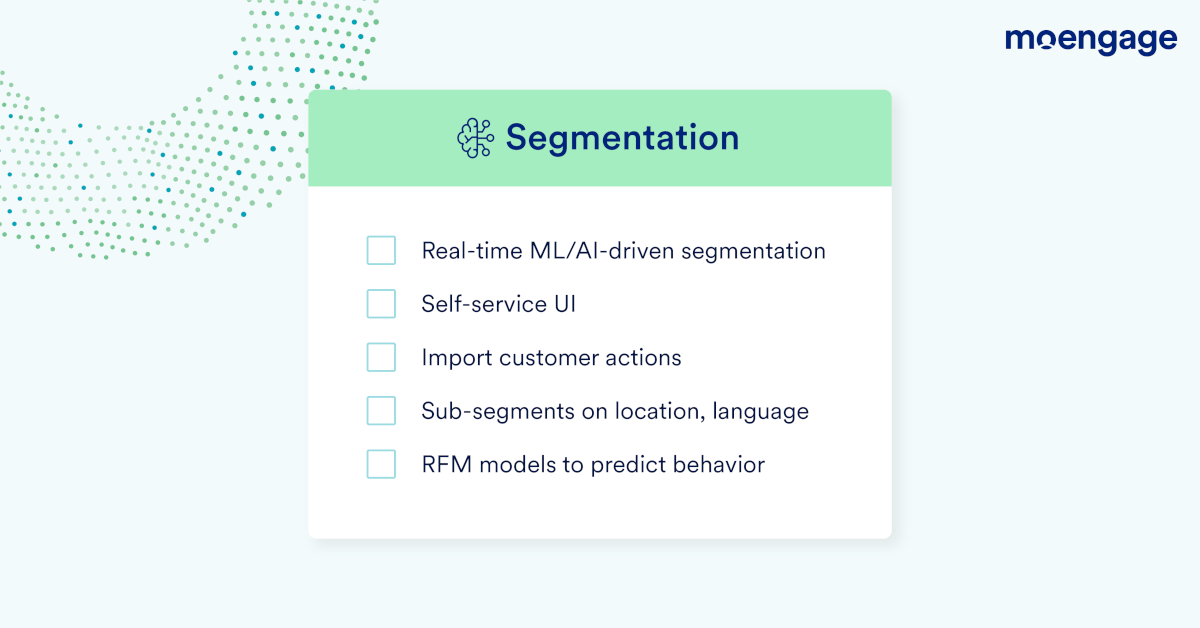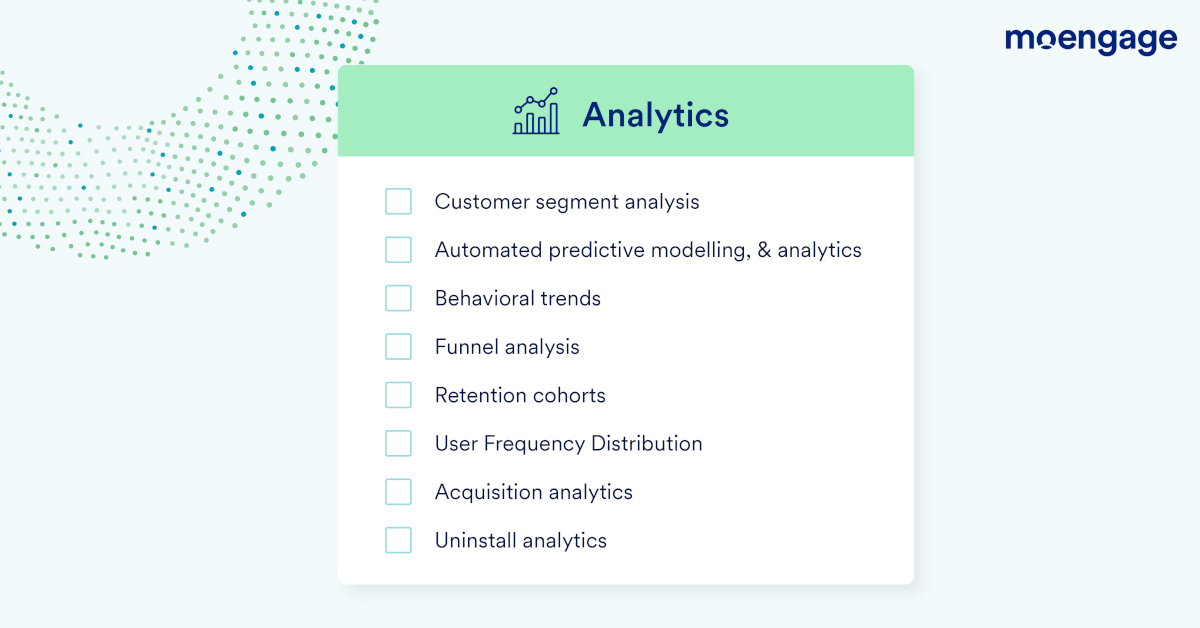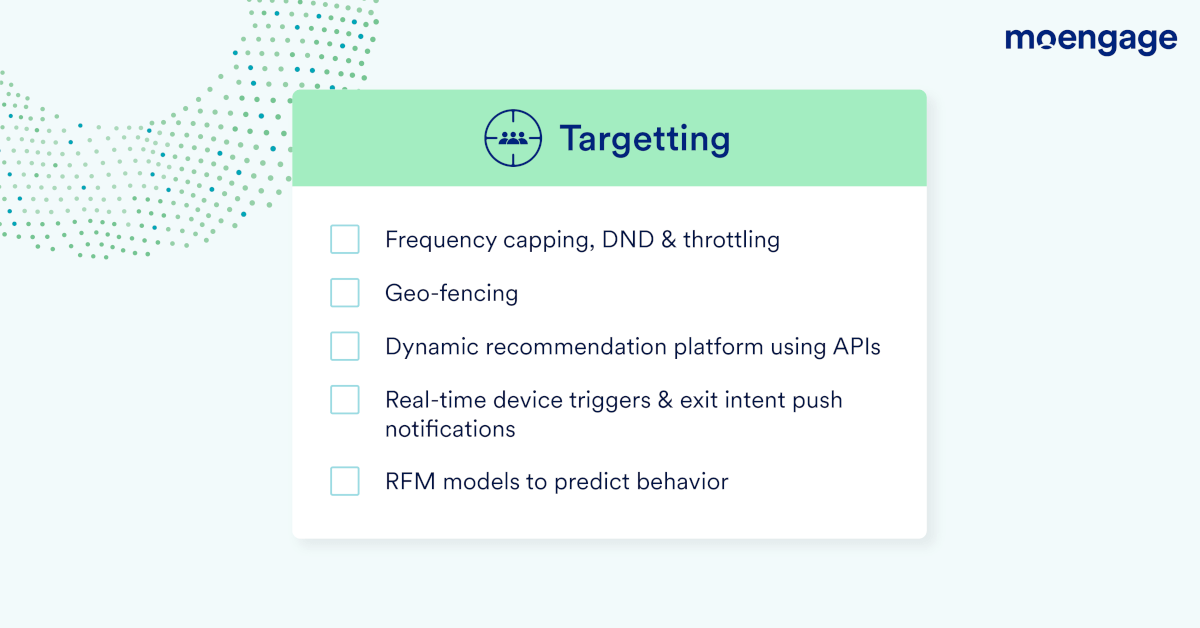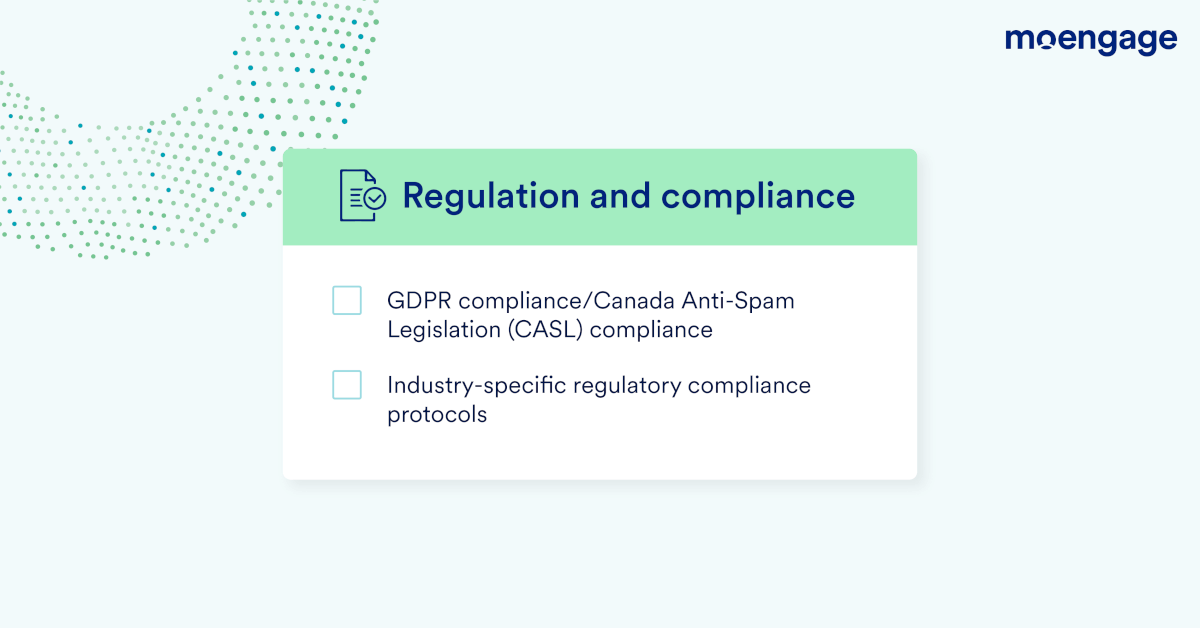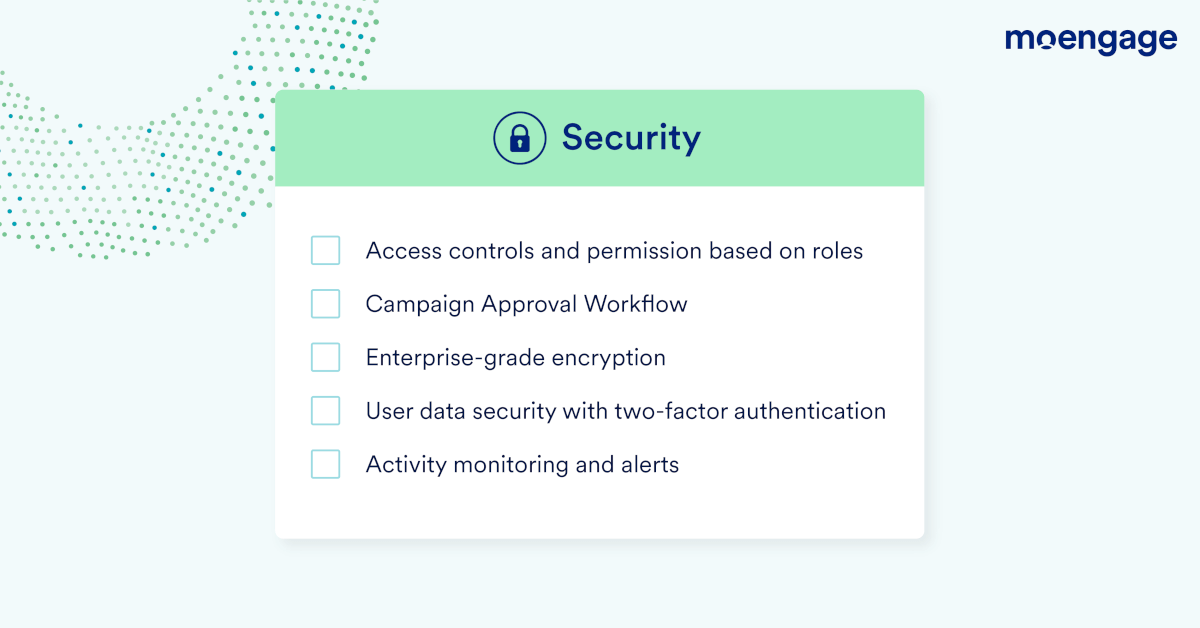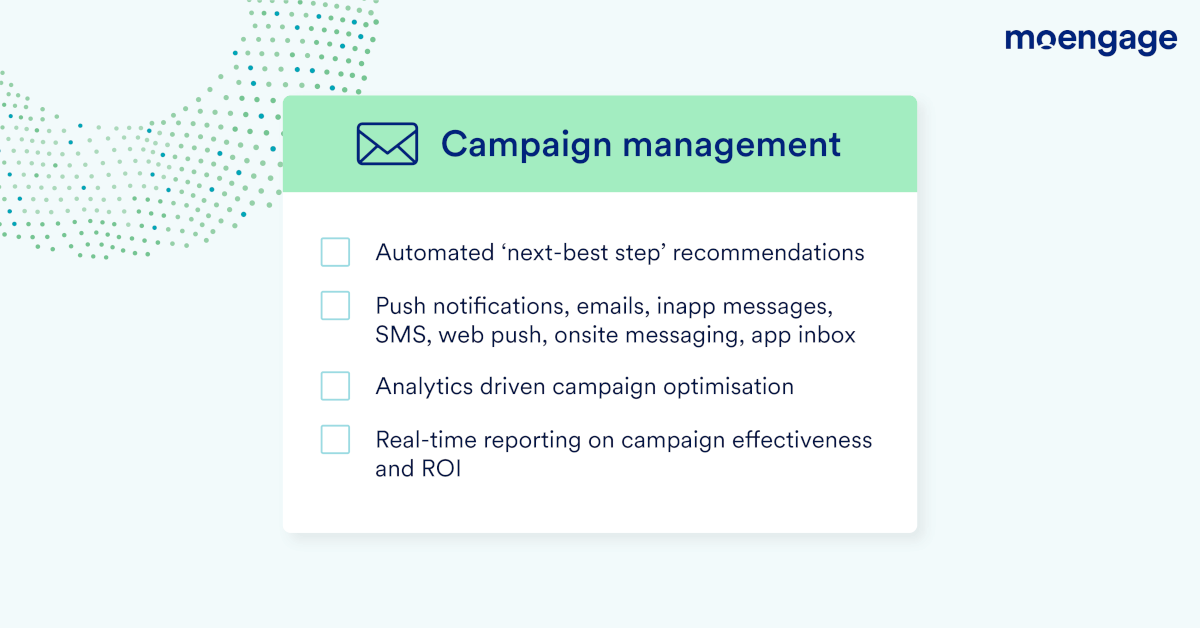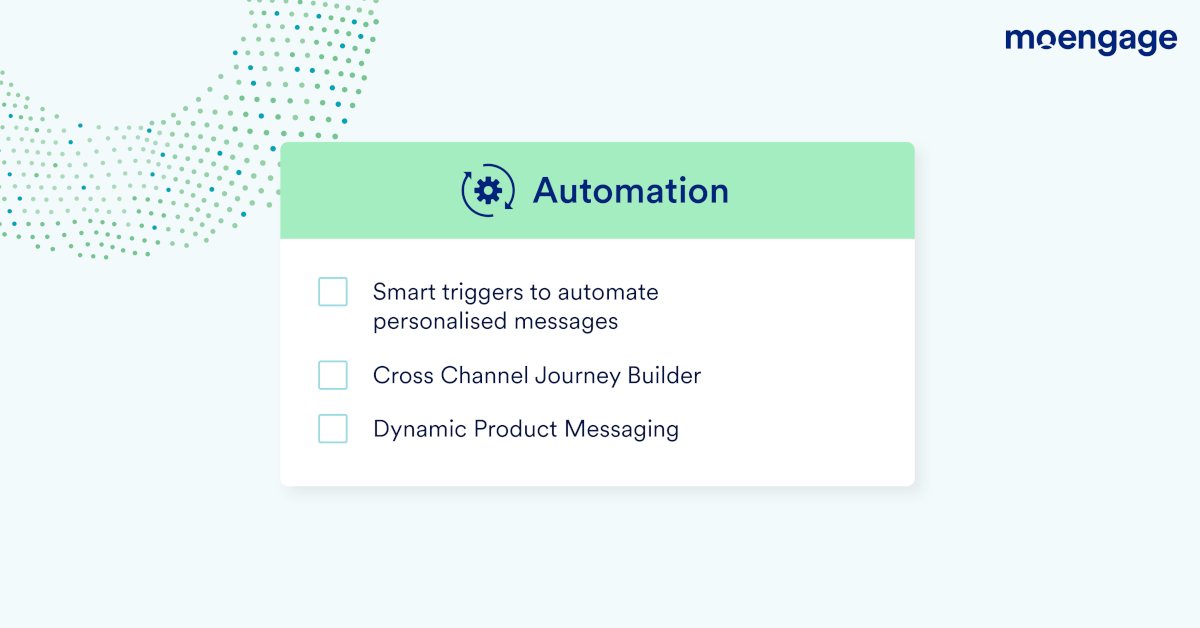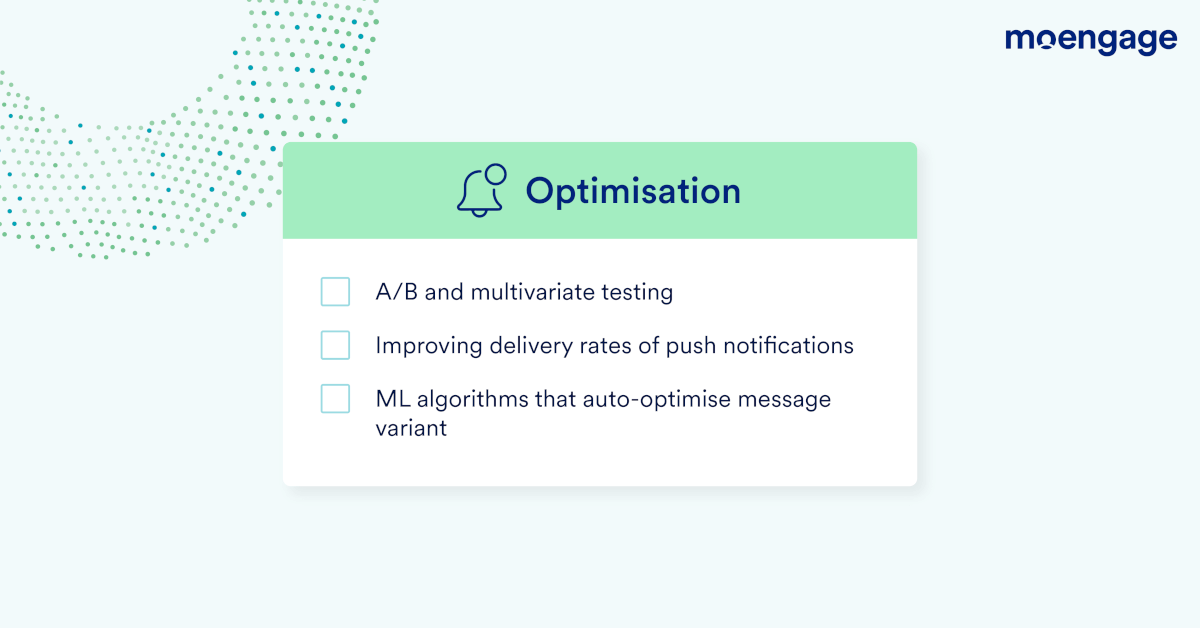Is Your CRM Enough to Keep Your Customers Buying from You?
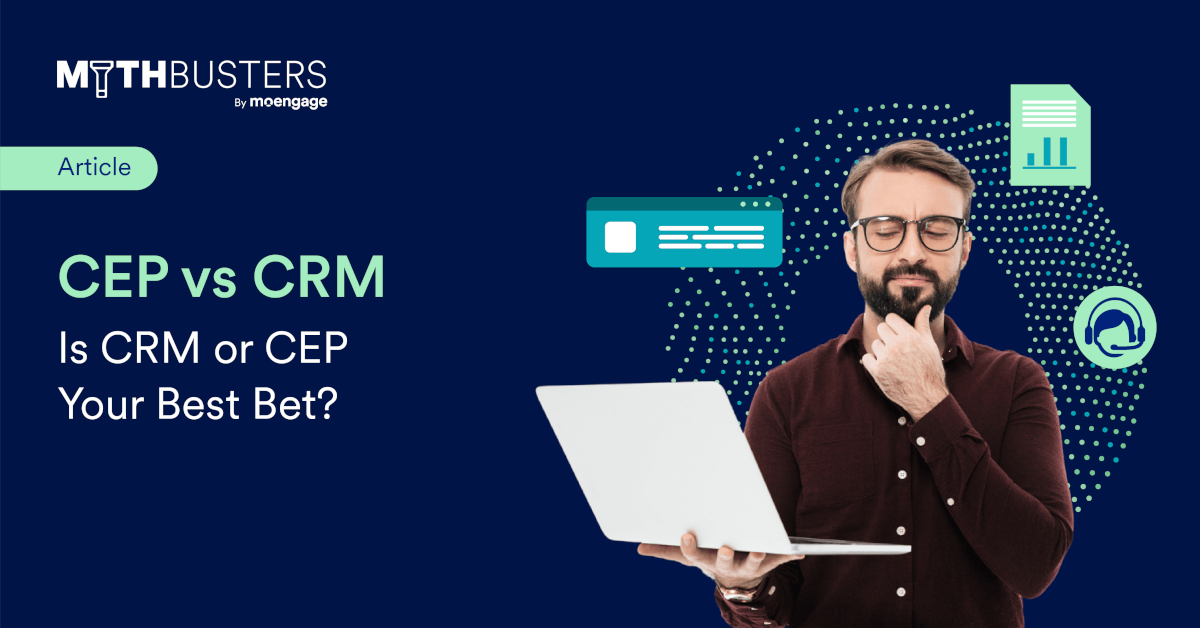
Reading Time: 5 minutes
Today’s customer journey is spread across multiple touchpoints and channels; it is almost as challenging as keeping track of the London tube system. While tackling this complex journey, customer expectations based on brand experiences have increased. It isn’t news that we live in a customer-centric world, but brands haven’t fully embraced this reality yet. According to a study Futurum conducted with Microsoft, 85% of companies report their customers are significantly more digital than expected. And 90% of companies say their existing systems for analyzing customer journeys need improvement.
The Gap Between Customer Expectation and Brand Reality
There’s a significant gap between what customers want and how companies provide it. As we move into a first-party, cookie-less world, the challenge is identifying a platform that’ll help you bridge this gap by providing a unified, effective way of creating lasting engagement with your customers.
In the previous edition of the “Mythbusters” series, we spoke about the intricacies of a CDP (Customer Data Platform) and a CEP (Customer Engagement Platform). We decided that these two work perfectly together. But what role does a CRM platform play in enriching the customer experience? Is your CRM enough to keep your customers buying from you?
The Trade-off Between Operational Efficiency and Customer-centricity
Imagine a scenario where a car insurance customer moves from Location A to Location B, and their car insurance increases by 50% without any explanation. Immediately after the move, an email is sent to the customer with a reminder to pay the bill instead of explaining why the premium was increased. This will surely result in the loss of a loyal customer.
Let’s see why this might have happened. The customer’s details and preferences (or other information) might have gotten lost in the many tools and platforms brands shuttle between. This complex combination of technologies often results in brands compromising customer-centricity for operational efficiency.
The images below show the reality that this combination of technologies has an impact on building a seamless, relevant customer experience. Instead of building a unified customer profile driven by their interactions on different channels, you get 4 different siloed identities.
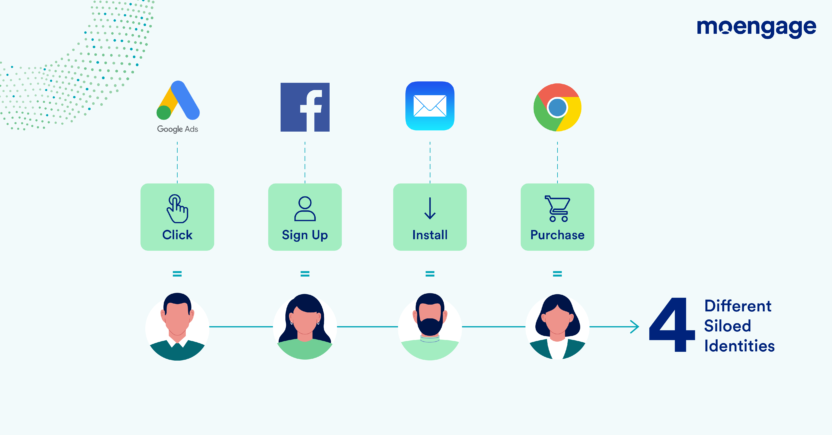 |
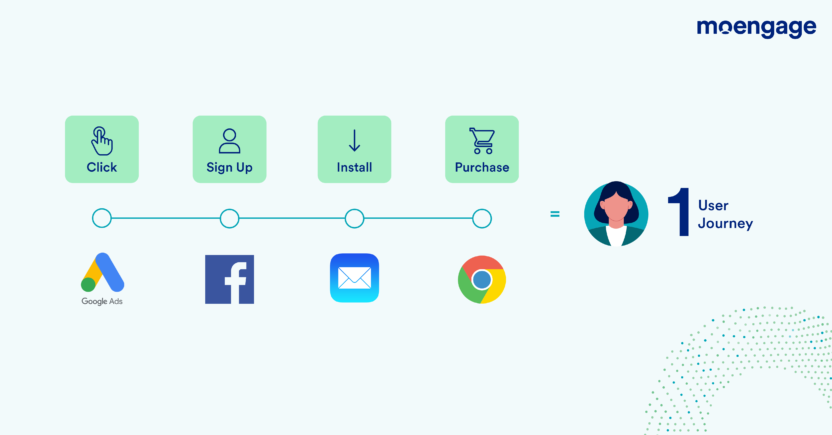 |
Many technologies have been carefully created to cater to marketers and help them mend this disconnect and unify customer journeys. Both CEPs (Customer Engagement Platforms) and CRM (Customer Relationship Management) platforms have been built to aid marketers in gaining a better understanding of the customer and sending out relevant communication at the relevant time. So, an overlap is expected between the functionalities of both of these platforms.
What does a CRM system do?
CRM platforms help manage the brand’s interactions with existing and future clients. Ultimately, it is a tool industry leaders use to automate their customer service efforts, collect customer data, and even examine trends.
CRM platforms create a database that enables brands to gather critical information from customer interactions. Each customer profile includes information on the customer’s name, product preferences, previous payments, staff members they’ve interacted with in the past, and so on. They collect data about how you interact with customers to optimize marketing, drive sales, and improve customer support. Hence, your CRM software for your small business should be customized to fit your unique sales cycle.
CRM systems are suitable for capturing and managing customer sales and service data. CRM platforms also help service teams optimize customer success initiatives by enabling workflows, service level agreements (SLAs), and service tickets when issues arise. These departmental solutions are stitched together from operational silos to create a cohesive chain.
The Scope of CRM Platforms
CRM platforms have helped marketers come a long way in streamlining customer interactions. However, brand marketers today expect a lot more when it comes to managing customer communication and building delightful experiences. While a Sales CRM platform can help you centralize customer data to manage customer interactions better, brands need a platform that enables:
- A connected customer journey, from brand awareness to loyalty, is easy to map.
- Seamlessly connected interaction histories across multiple systems.
- Personalized and consistent omnichannel engagement campaigns
- Accurate and compliant customer data
- Deeper insights into customer behavior and motivations.
CEPs fulfill these expectations by helping you build a unified customer profile and understand your customers better. They connect to your tech stack and the individual elements or applications, like a CDP, to create continuous, hyper-personalized customer experiences.
CRMs and CEPs go hand-in-hand to help you send the proper communication at the right time to the right customer by facilitating a deeper understanding of these customers. Despite having similar goals, there are some differences between these two technologies.
So, How Can a CEP Help?
With more brands emerging and swiftly scaling up to disrupt the status quo, it is imperative to invest in digital transformation that enables a coherent customer experience. What will help brands become truly customer-centric is an engagement tool that offers consistent and rewarding customer experiences.
A Customer Engagement Platform allows brands to optimize the customer lifecycle by intelligently segmenting and personalizing communication across channels like SMS, WhatsApp, Email, Push Notifications, and much more. Armed with AI and ML capabilities, they also help marketers gain customer insights to analyze and predict customer preferences, channels they prefer communicating through, and when they’re most likely to respond. CEPs connect to your tech stack and the individual elements or applications used to create comprehensive, relevant customer experiences.
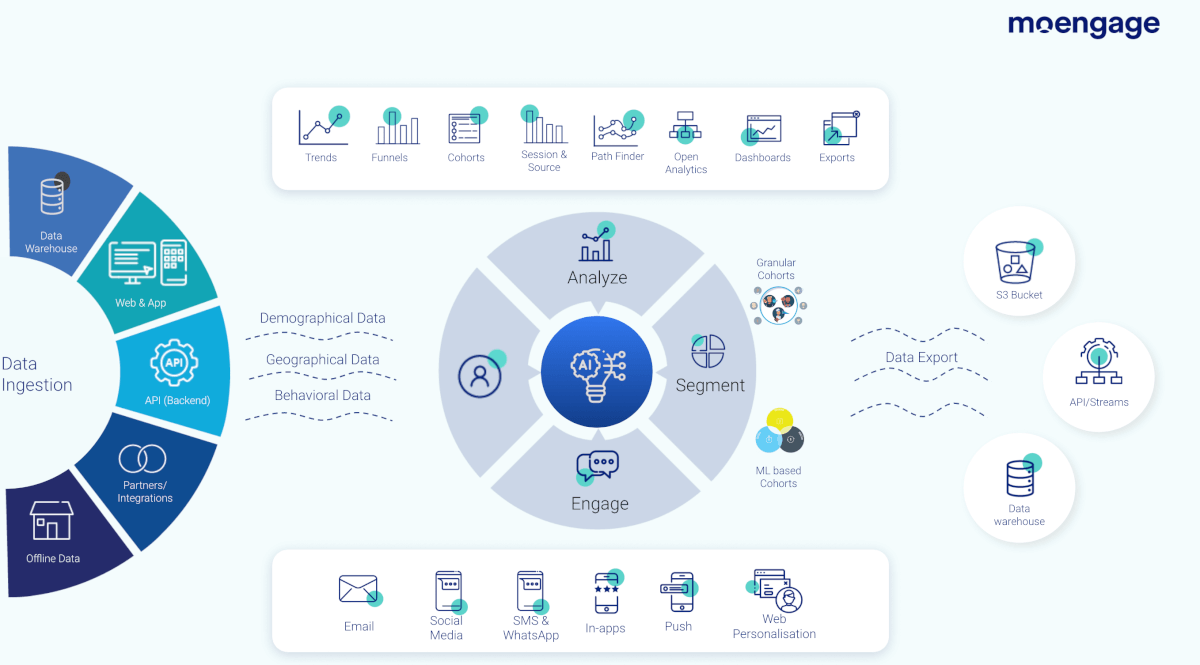
The Six Layers of a Customer Engagement Platform (CEP)
The analyst firm Omdia (formerly Ovum) has identified six layers of a CEP, consisting of an orchestration layer plus five supporting layers:
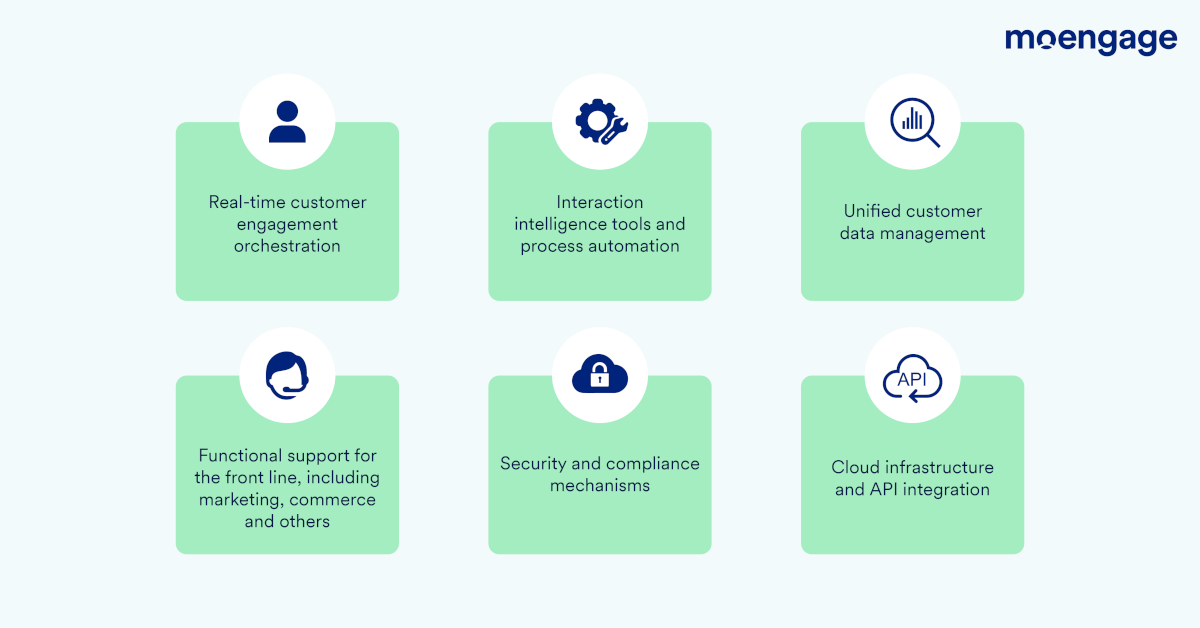
These capabilities combine to deliver superior customer experiences, profitable growth, operational efficiency, and reduced costs.
Are CRMs and CEPs Different?
Customer Relationship Management Platform (CRM) |
Customer Engagement Platform (CEP) |
| CRM aids in operational efficiency | CEPs allow for coordinated orchestration |
| CRM is a front-office system of record; the focus is to keep a record of customer interactions | CEPs are designed for engagement, supporting growth at a rapid scale |
| CRM anticipates that data will begin and remain “clean” | CEPs incorporate a data management layer to unify and cleanse data dynamically |
Signs That You Need a CEP
Here are six signs that your current tech stack needs to be upgraded to have a Customer Engagement Platform (CEP).
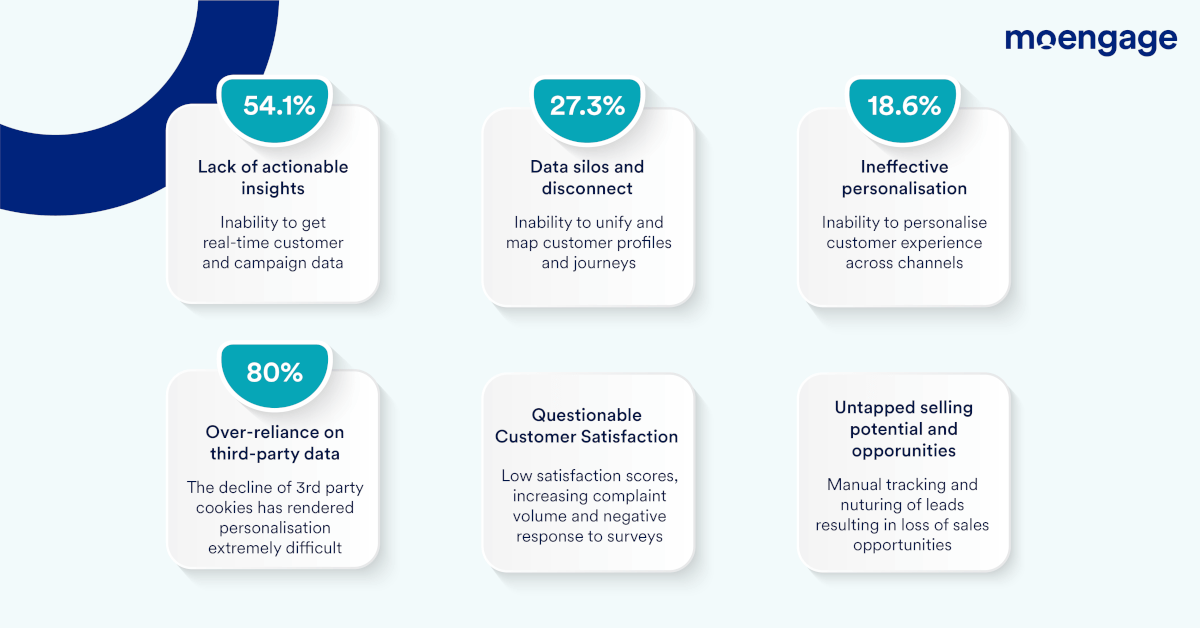
What to look for while choosing your CEP?
Here’s a checklist of what you need to look for when evaluating a Customer Engagement Platform (CEP).
To learn more about how to pick the right Customer Engagement Platform for your brand, you can read our Buyer’s Guide here.
Customers want to feel like brands know them, care about them and value them. Higher customer expectations and their omnichannel approach to interacting with a brand are driving factors for brands to relook at their commitment to customer-centricity and personalization efforts. While CRM platforms help centralize customer communications and analyze trends that will help you streamline communication, CEPs help you gain a holistic understanding of customer behavior to drive highly contextual, personalized engagement. CEPs and CRM platforms both empower you to create a delightful customer experience, which is paramount to succeeding in today’s competitive market.
Talk to Us
If you have any more questions about CDPs or CEPs and how to integrate them to create a uniform customer data management and engagement system, you can contact us or schedule a demo at a time of your convenience.









